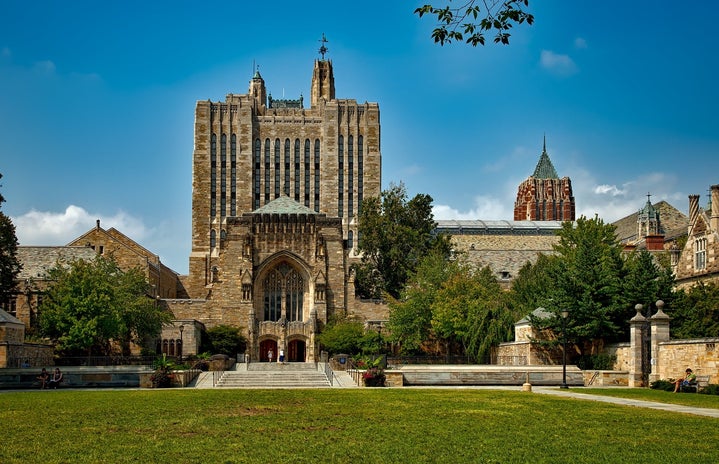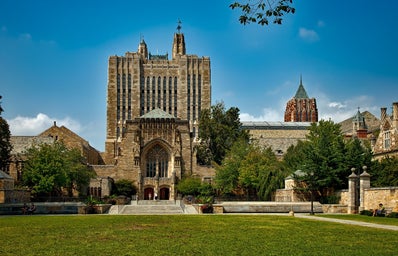Every time I hear “Ripple” by the Grateful Dead, I can’t help but be carried away to the drab halls of McKinley High School. McKinley High is located in Chippewa, Michigan, a fictional suburban town. This is the setting of the massive cult hit (and my all time favorite television show!) “Freaks and Geeks”.
Set in the early 1980s, “Freaks and Geeks” follows two groups of teenagers: the burnout “freaks,” and the academic “geeks.” The show tackles the ‘typical’ issues of adolescence: sex, drugs, self-image, sexuality and gender, disabilities, and domestic abuse. Even though she show only ran for one season, this short period of time is enough for the audience to fall in love with both the freaks and the geeks as they grow and they come of age in their own ways.
When I first watched the series back in seventh grade, I immediately identified with Lindsay Weir, the geek-gone-freak. Lindsay is an intelligent girl who spent the beginning of her time in high school as a mathlete and hanging out with an academic crowd. After an existential crisis, though, she finds herself wanting to rebel — so she turns to the “freaks.” This leaves her in a difficult position, because she still wants to do well in school and dislikes letting down her parents and teachers, but she also longs transform her nerdy image and explore the culture of the “freaks.” It’s the ultimate teenage struggle — whether to try to fit in, or to rebel.
I was Lindsay. For most of my teenage years, I felt her struggle to balance my seemingly contradictory scholastic side with my grunge side. This is likely because society seems to want to conclude that a person can only fit into one category. It’s as if we’re being told, “you can be a jock, a prep, a hipster, a freak, or a geek, but choose wisely because you can only be one.” I always felt as if I was in a limbo, being forced to step out of the realm of the “geeks” each time that I wanted to delve into the counterculture of music and style.
I’m here to tell you that society is wrong. There is no clear-cut distinction between a “freak” and a “geek,” and a person can choose to align themselves with one category, with many categories, or they can just create an entirely new category that is all their own.
Personally, “Freaks and Geeks” began my discovery toward self-identity, and it gave me someone to look up to as I did that. Although the end of the show made it so that I was never able to see Lindsay once her self-identity was fully realized, I like to think that Kenyon is an example of what she might have become — a mixture of many categories, of many individuals who are part “geek” and part “freak.” We each choose to create our own category; in the words of the Grateful Dead, “That path is for your steps alone”.
Image credits: Tumblr.com, rollingstone.com


